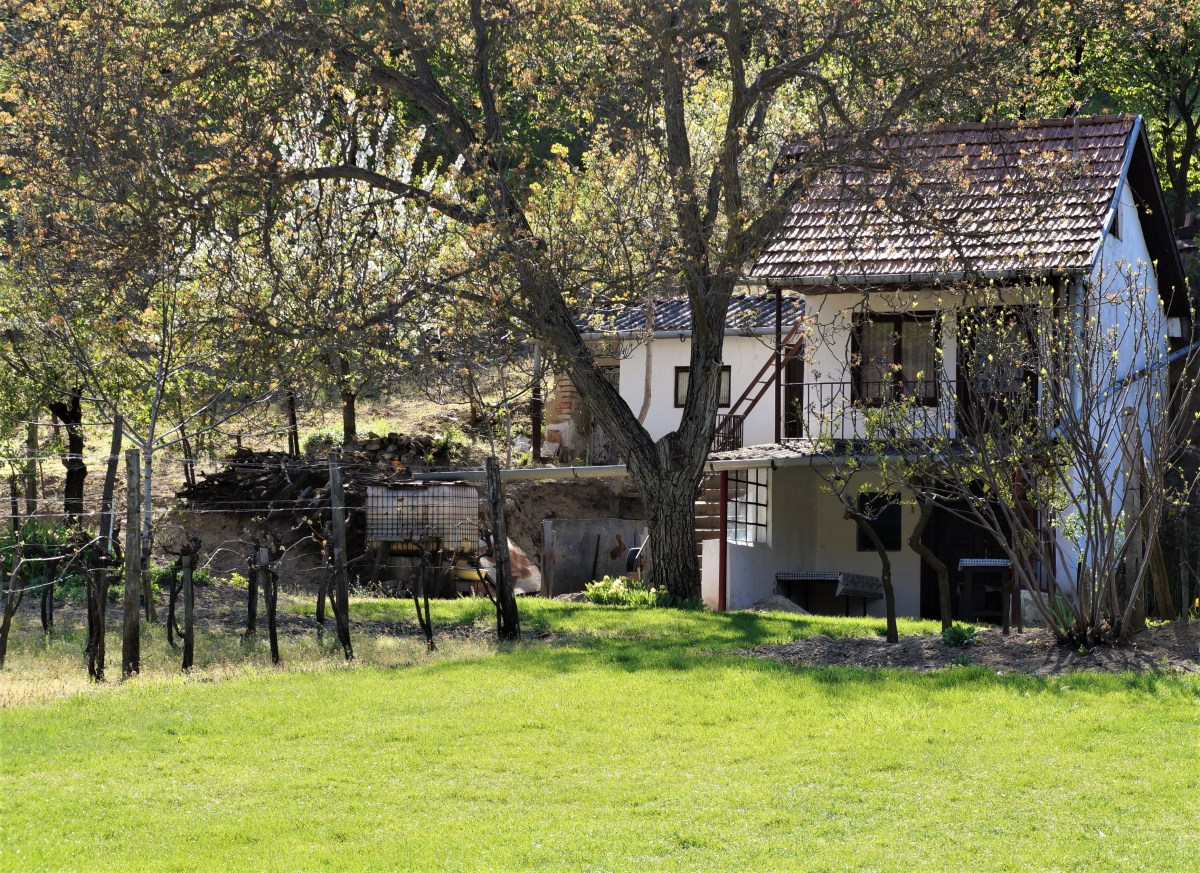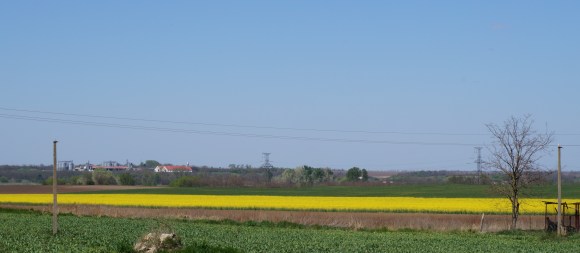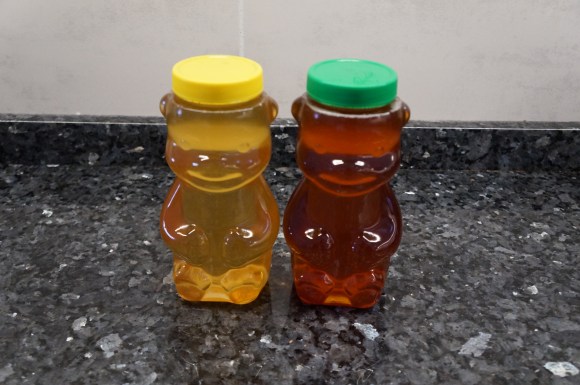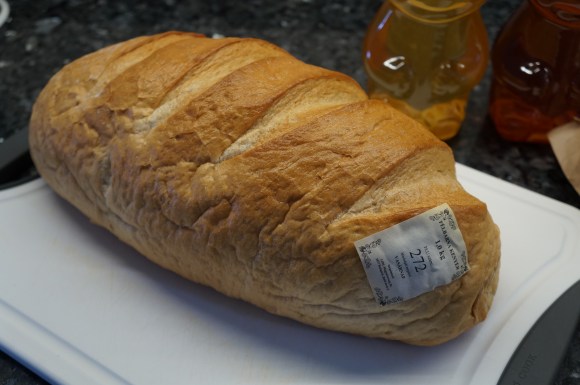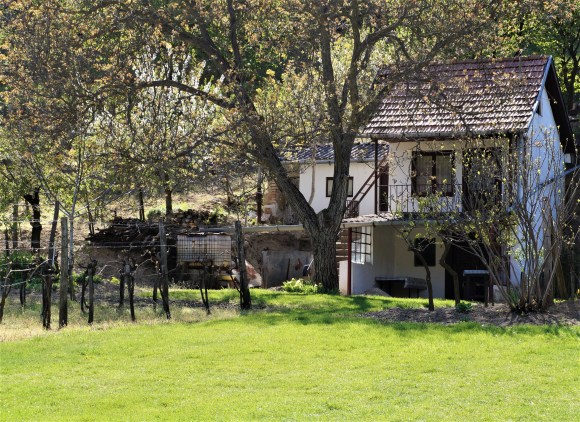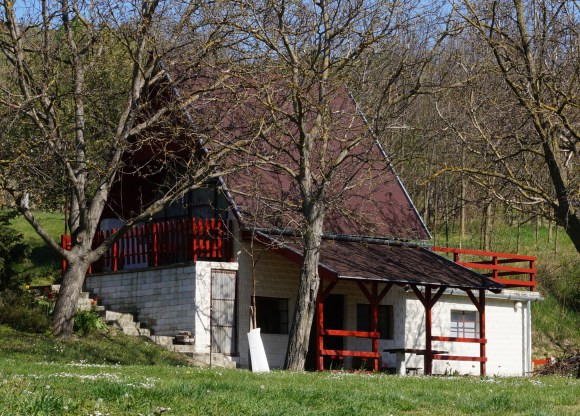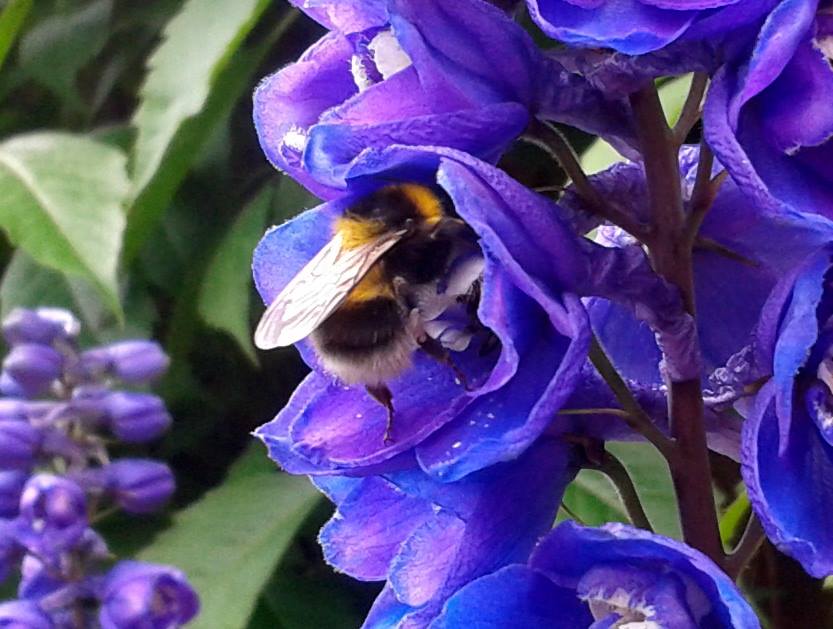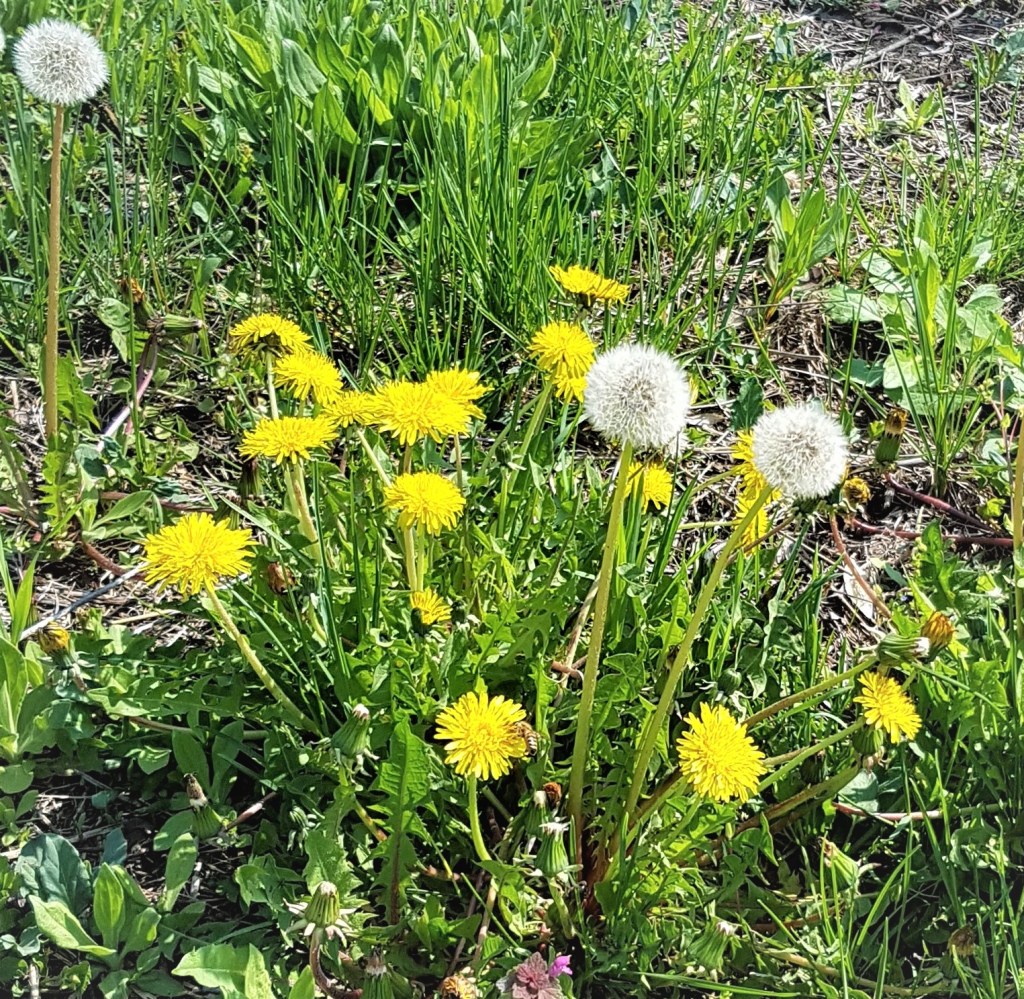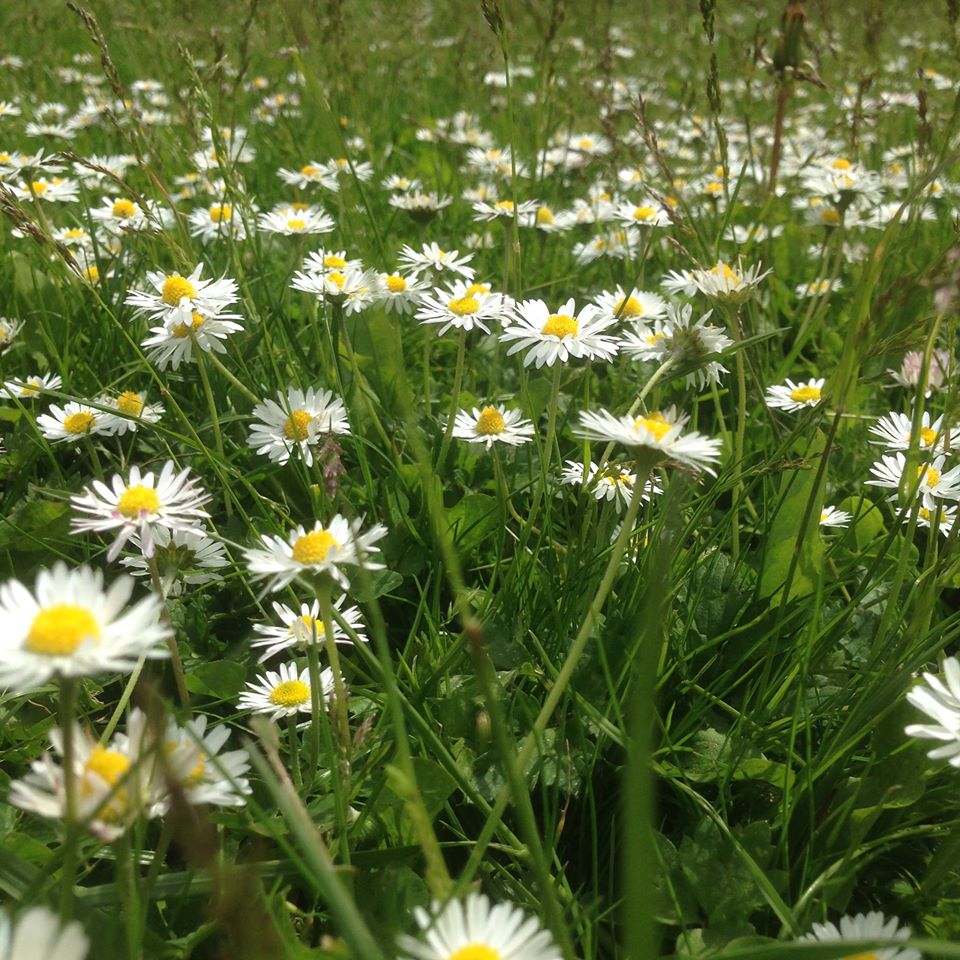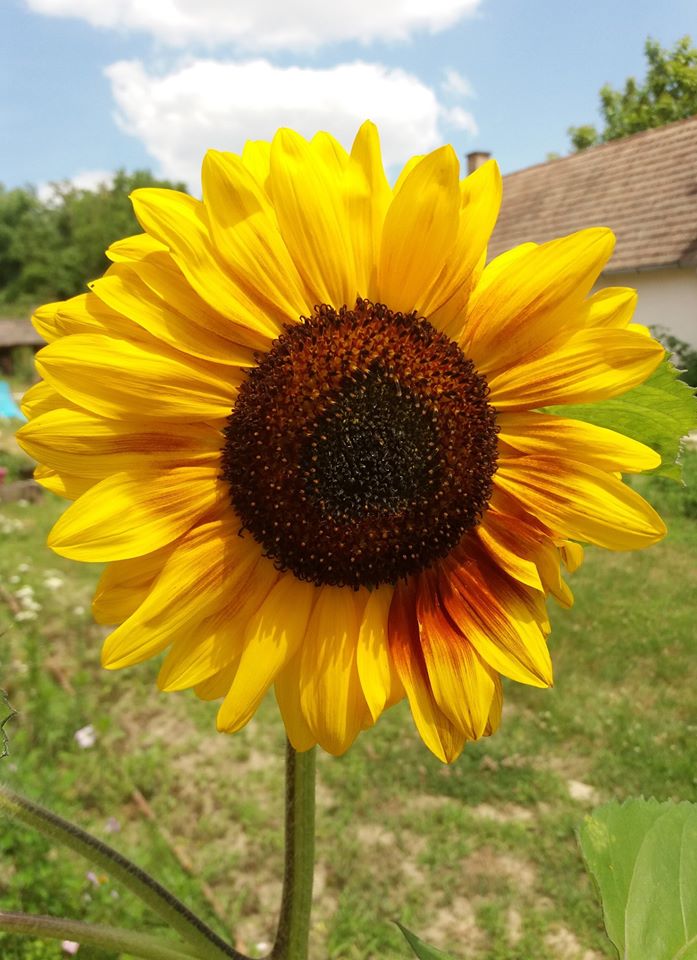On one of our fortnightly shopping trips, I took my camera with us in case of any photo opportunities along the way. Our first stop was a beautiful stunning sight, fields of yellow canola. The flowers are reaching peak bloom now and look like a vibrant yellow carpet. After flowering, canola produces brown oil-rich seeds when ground up, these seeds give an oil that is widely used for cooking and high-protein meal used in animal feed. Hungary has many of these fields.
Next stop, at a safe distance we visited the local beekeeper. His bees are in our village forest and we wanted to buy the honey made from these particular bees. What a treat, glorious rich tasting honey on hot buttered toast. I am still slightly amused that Hungarians put price stickers actually on the bread.
Shopping completed, we took a tour up into the hills of Simontornya. The roads are mainly dirt tracks but well worth the effort for the glorious views across the valley. From our vantage point, we could see Simontornya church and the Renaissance castle next door. If you would like more information about the castle see here https://en.wikipedia.org/wiki/Castle_of_Simontornya
Grapes seem to grow in every available space on the steep banks, this is a prolific grape growing area, the conditions are perfect.
Further up the valley and many twisty roads later we came across some very pretty winehouse’s. They are traditionally very small, usually with some sort of accommodation at the top and the cellars and winemaking equipment in the cellars.
It was certainly good to get out and about during this restrictive time. Clear blue skies and wonderful fresh air with rising temperatures, it’s such a joy living in this beautiful country.

